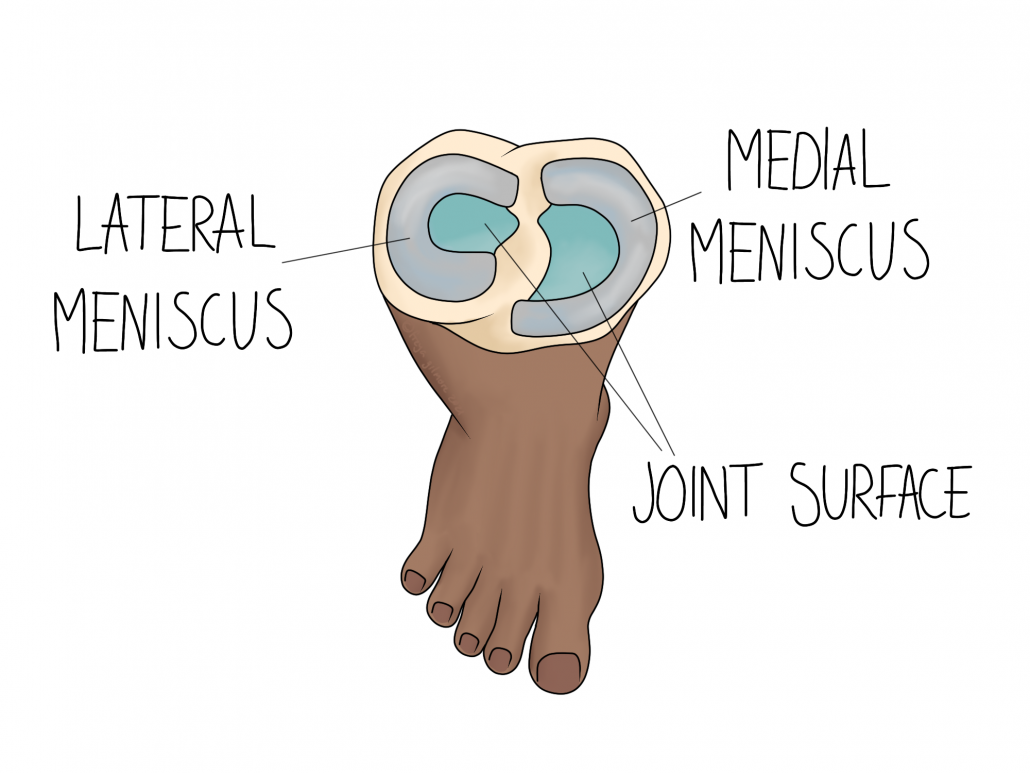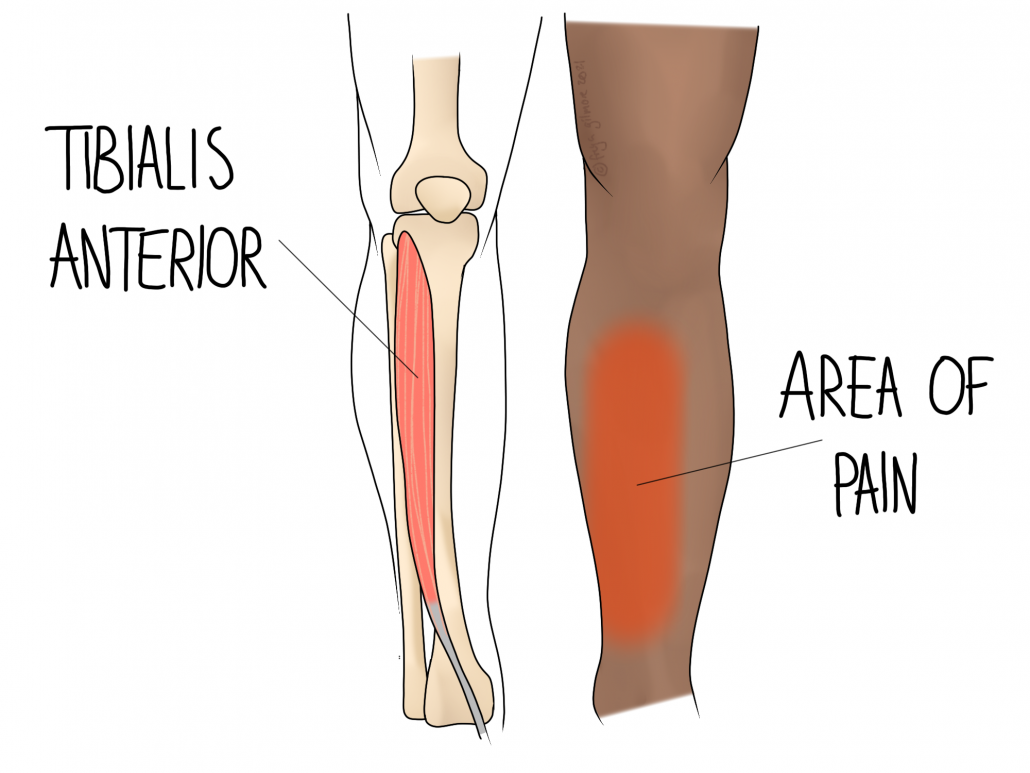Exercise is brilliant for you, but often leaves its mark with minor sports injuries. We can help you to rehabilitate existing injuries, and support you in preventing them in the first place.
Upper Body Sports Injuries
Shoulder Labrum Tear
The main joint of the shoulder is a ball and socket, which has a lip of cartilage around the edge. This is the labrum, which helps to keep the joint stable, but can be the first structure to be overloaded by an injury. Repetitive throwing can cause a labrum tear, especially if form is poor or there is a sudden increase in activity.

It may present as a sudden pain or ache in the tip of the shoulder. There may be limited movement, and the should might catch or lock. Cartilage has a poor blood supply, so recovery can be slow. Your osteopath can help encourage the necessary movement to stimulate the cartilage. They can also help to manage the compensatory changes that you may develop in response.
The hip also has a labrum, which can be injured similarly. Contact your osteopath if you develop similar symptoms of locking and pain in the hip.
Rotator Cuff Injury
Throwing sports can also injure muscles of the shoulder. One group that is often affected is the rotator cuff. These are the muscles that attach to the shoulder blade and rotate the shoulder. Along with throwing, rotation is required for things like brushing your hair or putting your arm in a sleeve. A rotator cuff injury can be hard to spot, but the key symptom is weakness on rotation. The more severe the strain or tear, the weaker the movement. Some severe tears may need surgery. For more minor injuries, your osteopath may be able to help with rehabilitation and future prevention.
Lower Body Sports Injuries
Meniscus Injuries
The menisci are two c-shaped pieces of cartilage within the knee. Their role is to stabilise and shock absorb. They do not cope well with twisting movements through the knee, and often this is the cause of their injury.

There are a number of different ways the menisci can be injured, which means symptoms are variable. Some injuries leave a mobile piece of cartilage that causes symptoms only when it is displaced. This kind of injury can fluctuate a lot, and seem to resolve before returning for no apparent reason. The meniscus may be injured if there is swelling around the knee that may come and go, as well as pain and locking in the knee.
Shin Splints
Another common injury among people who run is Shin Splints. The science isn’t totally clear on what exactly happens during an episode, but it appears to be a problem with the connection between the shin and a muscle. It is more common among people who run on hard surfaces or have poor shock absorption in their running shoes.

Symptoms include:
- pain when running, which may be worse at the start of exercise and soon after stopping
- tenderness over the shin, or slightly off towards the inside
Your osteopath will work to improve the flexibility of the affected muscle. If symptoms are still acute, it may also be appropriate to try and improve the local circulation around the inflamed area. This may be supported by the use of ice packs. This kind of injury is associated with stress fractures, so don’t suffer in silence.
To book an appointment to manage your minor sports injuries in Alsager, click here.

